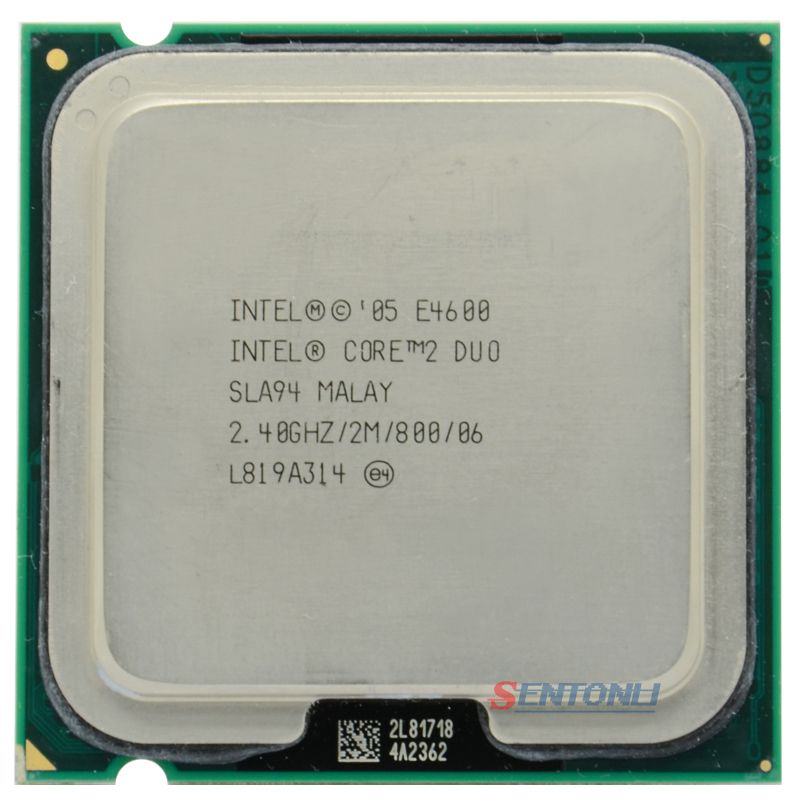

The quad-core processors use a slightly different core stepping as well: B3. Intel quietly introduced a new core with only 2MB of L2 cache (instead of 4MB with only half enabled), and thus we gained two more steppings: L2 and M0. The original Core 2 processors that launched in July of last year were stepping B1, they were later replaced by a B2 stepping.

AMD and Intel learn better, more efficient ways to produce the chips over the lifetime of the processors and they incorporate the learnings into later revisions of the processors. Performance improvements are rarely tangible, if even measurable in most cases, but the point is that these cores evolve over time.

These steppings can be simple manufacturing tweaks, allowing for cooler operation, or they can include bug fixes and slight performance improvements. In between major architectural revisions of processors, a core will go through multiple revisions or steppings. Of course, if you want the best of both worlds you could always overclock the 2.40GHz Q6600, giving you four, much faster cores. CPUįor $266 you now have a tough decision to make: do you buy two 3.0GHz cores or four 2.40GHz cores? In our last review we found that if you're doing any amount of 3D rendering or media encoding, the Core 2 Quad Q6600 at $266 ends up being the better value. Last month's price cuts not only made it tempting to build a new PC today, but they also brought quad-cores within the reach of mid-range budget systems.


 0 kommentar(er)
0 kommentar(er)
